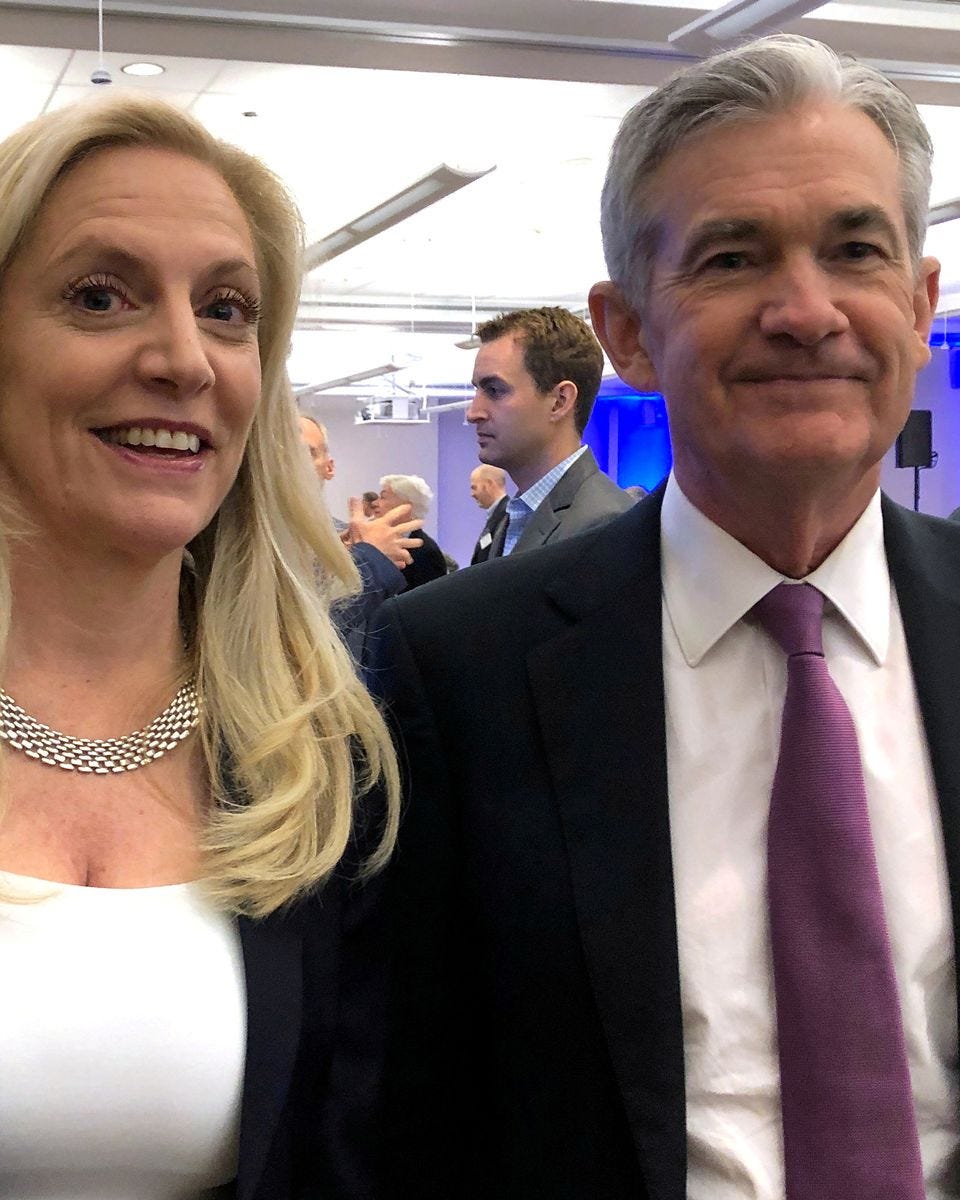Dear readers,
How many of you have heard the term BTFD? For the uninitiated, BTFD stands for buy the fucking dip. It sounds brutish, but BTFD has been a stalwart investment strategy over the past 15 years, and the reason is central banks. Where does it come from, and should it be your strategy as we close out 2022? Reminder, this is not investment advice—do your own research and/or contact your financial advisor!
Voltage helps you solve the biggest problem with Lightning nodes and scaling. No more headaches with maintenance, reliability, or uptime issues. Voltage makes running Lightning instant and now easier than ever. These radical improvements to Lightning empower startups and enterprise brands to bring incredible applications and services to market. You can also spin up a personal node and pay by the hour. Scale your infrastructure as fast as Lightning itself.
Create a node in less than 2 minutes, just visit voltage.cloud
Today’s topics
BTFD explained.
Lael Brainard, the alleged #2 at the Fed behind Powell, dropped some dovish whispers this week.
The corporate bond new issue market is slowing materially.
The Bitcoin Layer continues to feel the direction of the wind is changing.
Buy the F*****g Dip
Popularized by traders that became accustomed to Federal Reserve liquidity injections, BTFD is a mantra that has led to solid returns. It does seem a bit simplistic—simply buy stocks every time they fall 5-10%, because soon enough, the Fed will come in and protect the stock market from additional downside. The famous Fed put.
But is this mantra a sound one now that we are in the King Jerome Volcker Hawk Powell VIII era? This is probably the loudest debate in financial markets: will Powell ultimately protect asset prices and the BTFD crowd, or is he willing to witness the S&P 500 crash and burn in order to channel the wealth effect and push down inflation? The answer probably lies somewhere in the middle.
The argument for letting the Fed raise rates all the way to 5% is to quell inflation that remains several percentage points above target. The argument for the Fed pausing and digesting its almost 4% of rate hikes is that inflation will not remain this elevated. Sustained inflation near 8% is highly unlikely given the cool-off in commodity prices and the improvement of global supply chains (save for China stubbornly maintaining its zero-COVID policy).
At The Bitcoin Layer, we have made our conviction clear—there is no threat of runaway inflation, especially because the bulk of it was driven by supply chain mayhem. Inflation may stay elevated for months or years to come, but the imminent danger of 1970s-style inflation, sky-high policy rates to combat it, and crashing stocks as a result are not our expectation.
Three things happened this week that bolster our belief. While more qualitative than quantitative in nature, we believe that the shifts toward ending tight policy are before us, mixed in with the fall scents of pumpkin and cinnamon.
Queen Lael Realist Brainard I
Federal Reserve Vice Chair Lael Brainard is the first Fed speaker to have offered a hint of tonality shift when she spoke this Monday. While she maintained the Fed’s outright hawkishness, she expressed increased awareness of the risks posed by aggressive tightening at home and abroad for more fragile nations:








